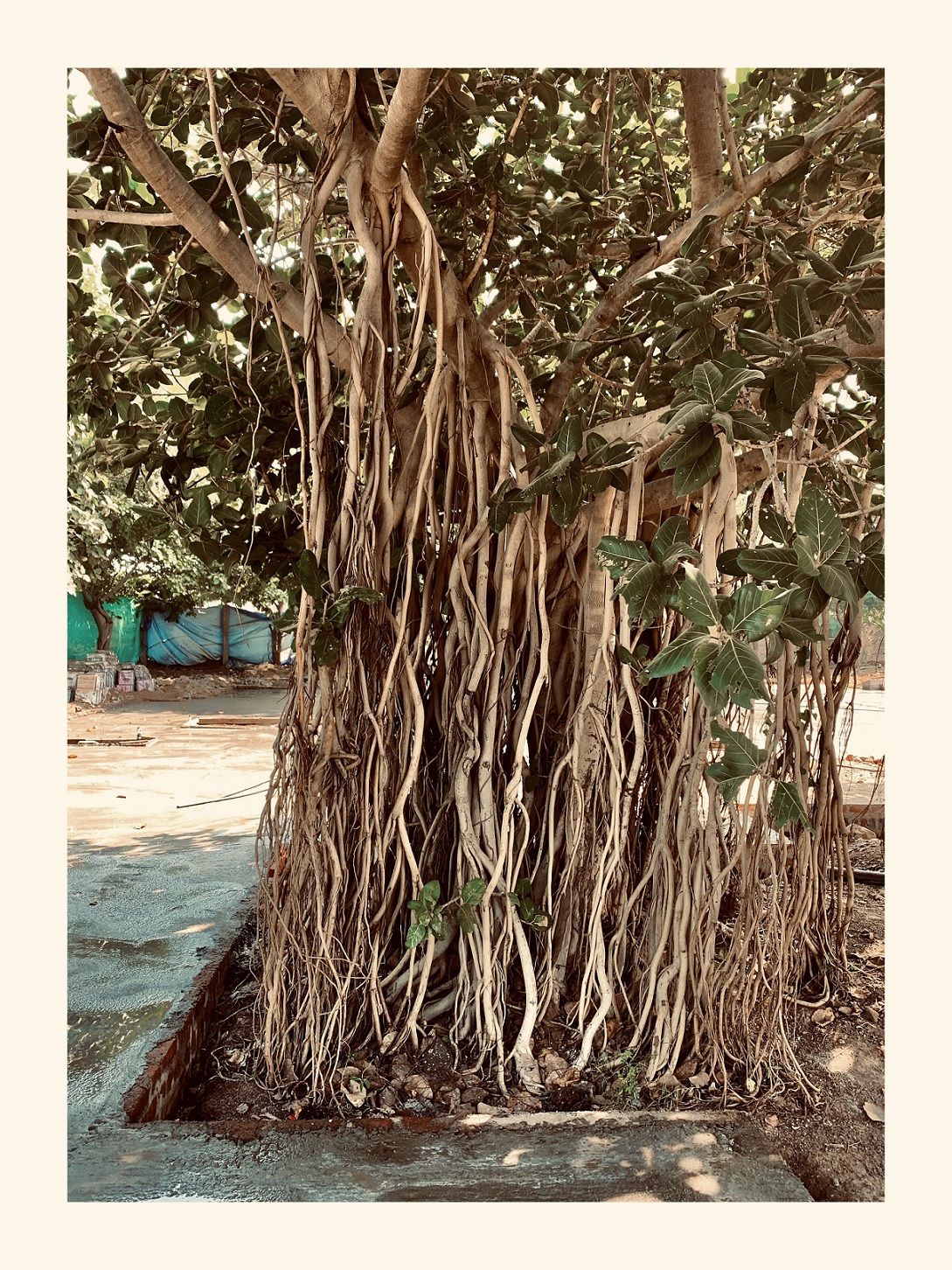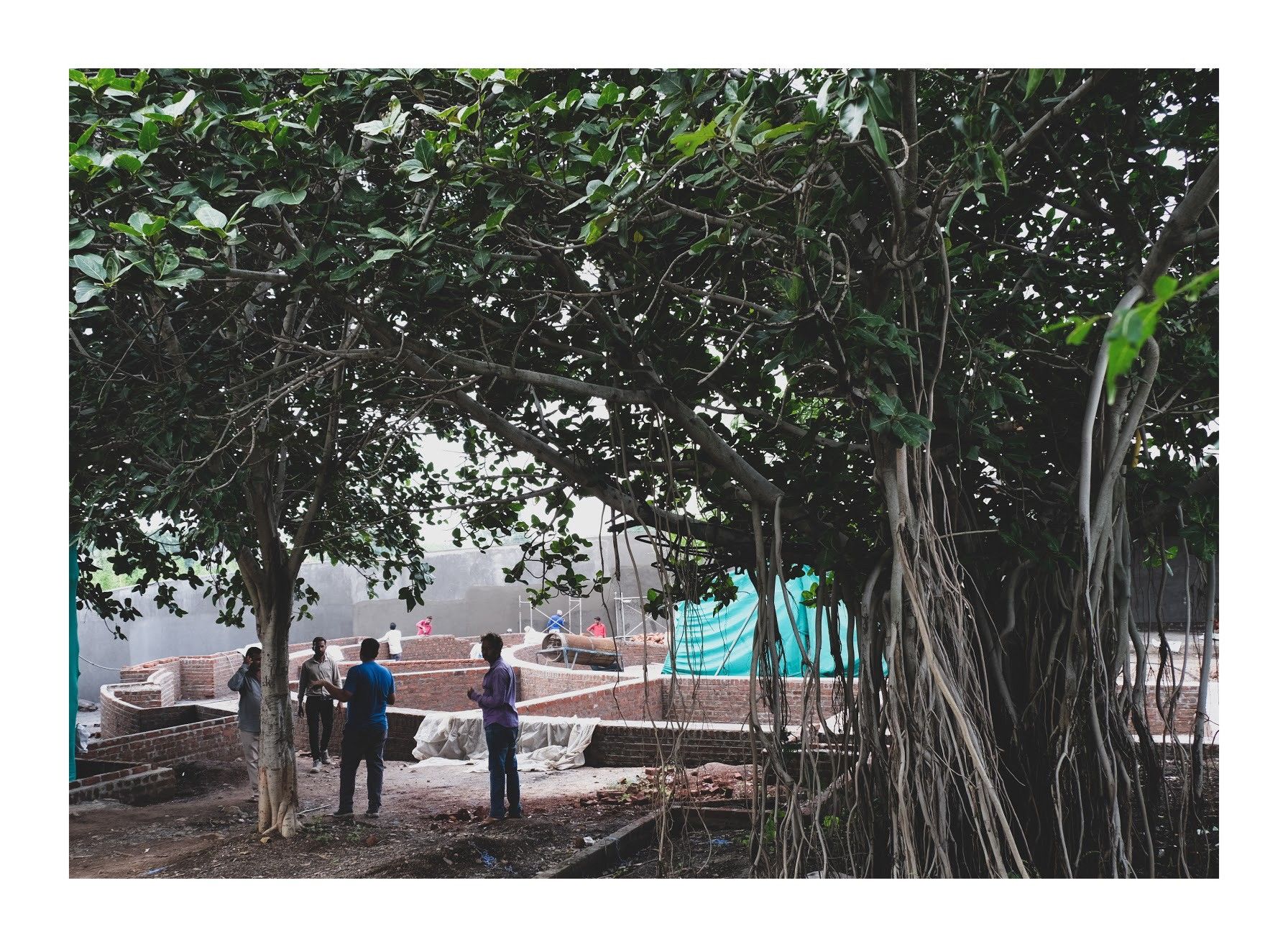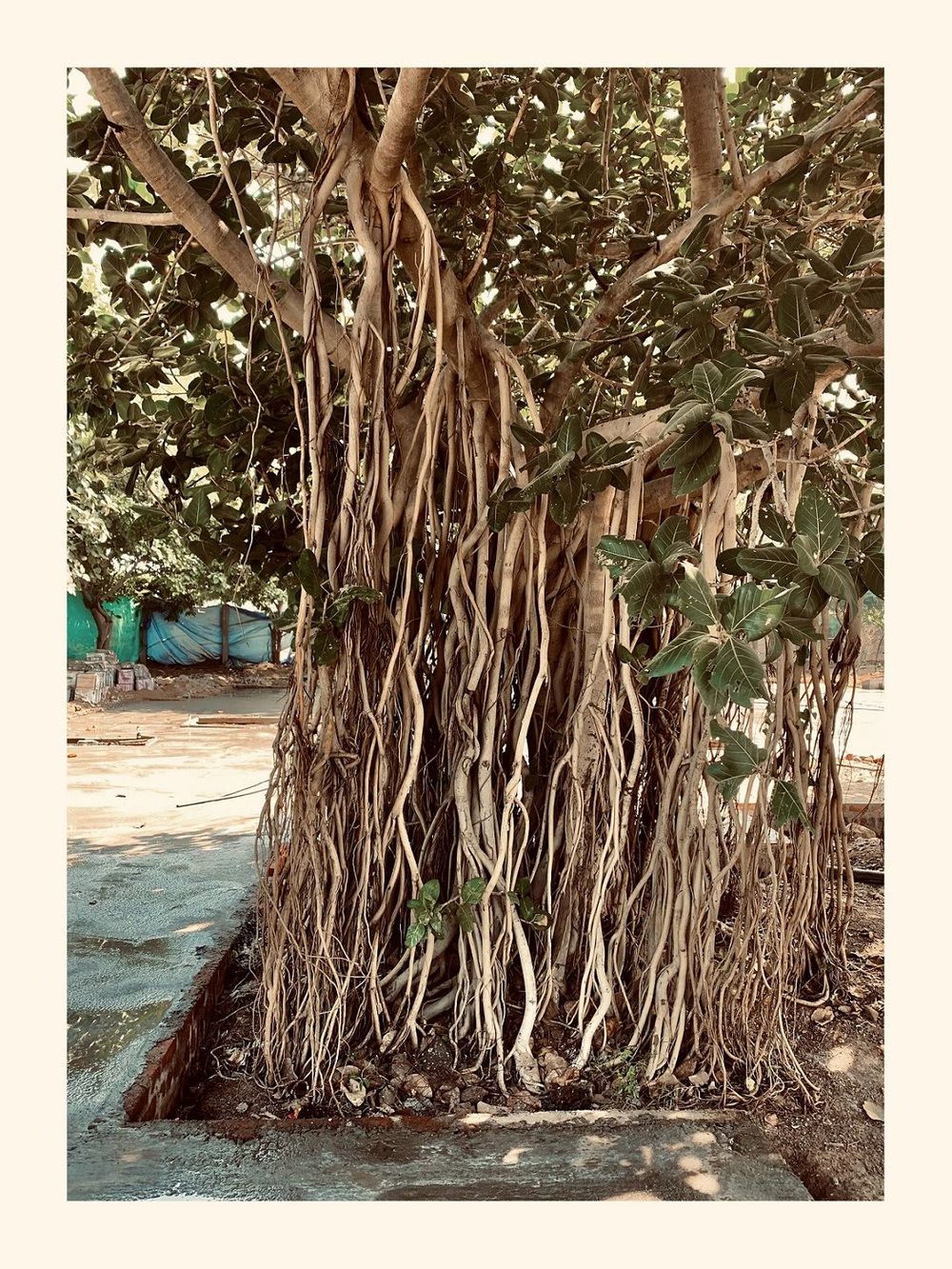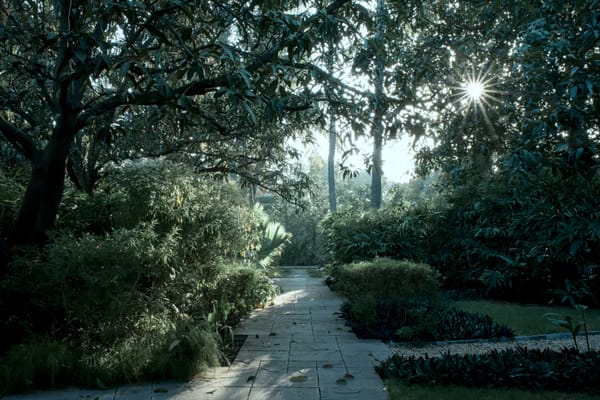Trees and Us
I call her Smarana. She belongs to Ficus Benghalensis family, the Banyan Tree. She is strong and wise. Older than I am. She has been here in this spot for decades and seen things. From scorching sun to 3 years droughts to torrential rains breaking century old records. She has also seen the longings of intrepid humans around it. When I was young, I would have played around her. She has welcomed guests for four weddings. Now the landscape around her is changing. Bustling workers, hauling bricks and making things. Would she be worried about her place in the new scheme of things?

Who can tell her that not just Smarana but all of her cousins from the extended family have the highest place in my heart and at Raga Svara, Northstar and RKU.
I thought whether I was wrong in anthropomorphising a tree. Some part of me does think that it may be too sentimental to think of non humans in this way. But I really think of these beings as equals. Not because I believe in some form of speciesism theory. But because it is innate to my “nature”. Most of us think of trees as a backdrop to human actions. They are always one plane behind in the focus of our attention.
Planting trees, which seems to be the dominant mode of expressing one’s concern for the environment, is an important (perhaps the most important) way of managing climate change (read this). Though planting trees does not always translate to grown, mature trees. Taking care of plants and trees is a difficult and time intensive process (specially in the early stages of growth) which most people are not inclined to do.

However at a philosophical level, planting or growing trees for the purpose of human benefit (in this case protection from climate crisis) is fundamentally an expression of instrumentalism. We want to “use” trees so that they can do things for us which we can’t. The human centeredness and the utilitarian purposes are hard to shake off. We are unable to think of them in anyway other than “specimens” of nature meant to be used for human progress. Another purpose of growing trees (or cutting/not growing) is projection of nature as ornamentation to human aesthetic. Fitting the “right” kind of trees in spaces for artistic effects (shape, texture, smell) is still a subordination of nature to human preferences.
A recent phenomenon has been the scientific study of the benefits of being in nature, within trees. Many studies have revealed the positive benefits, both in physical and psychological health, attributed to even intermittent immersion in nature (Read here, here and here).
I think a sustainable and an inherently “good” way of thinking about trees is to think of them as an extension of our embodied self. If that means anthropomorphising them to show true empathy, then it would be a good step. If that helps in removing the “otherness” of nature that has crept in our modern world, then it would be a good step.
Meet Smarana, she and many others are our guardians and friends.
Mohit Patel




